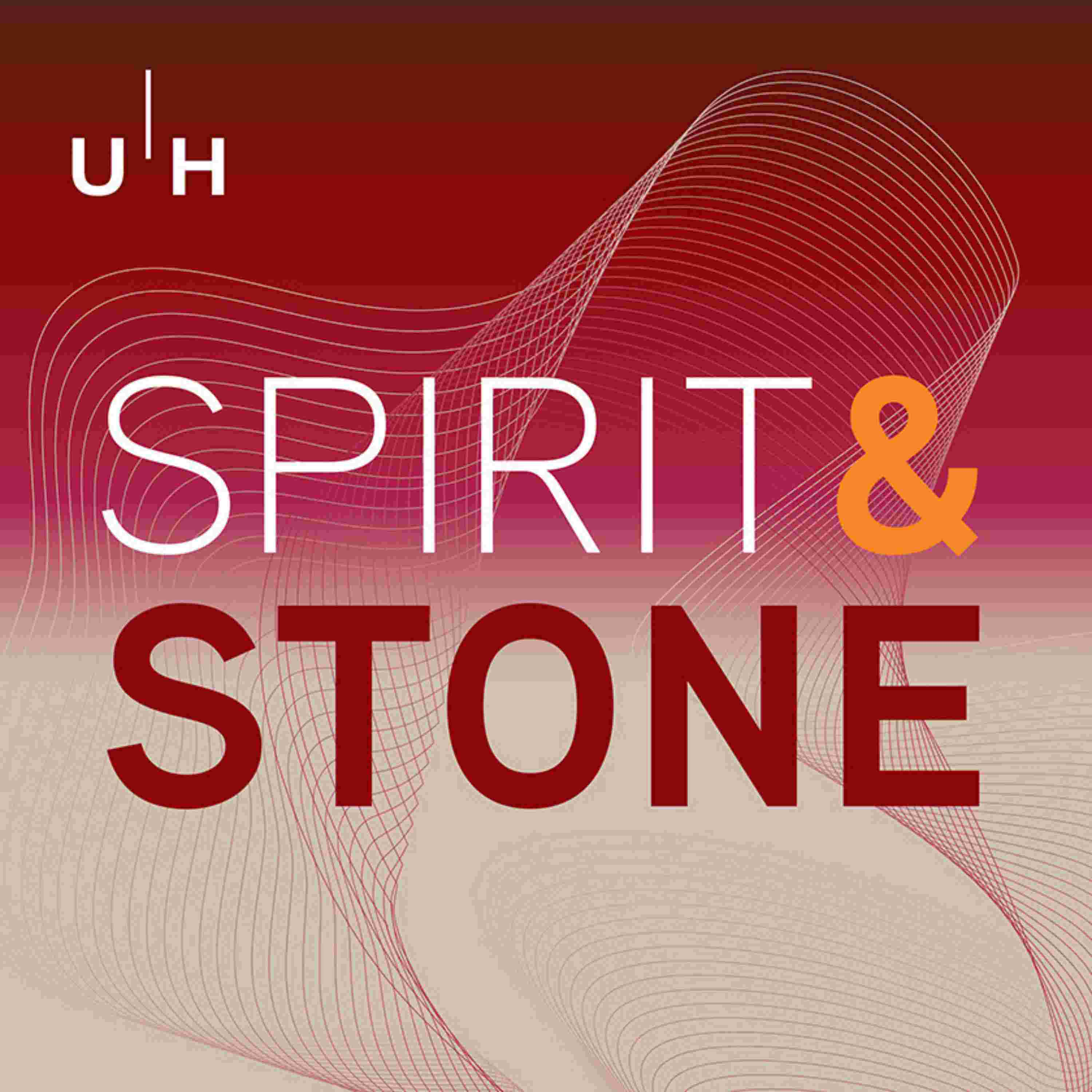
A Walking Audio Tour of the Spiritual Geography of the University of Wisconsin-Madison
Funded in part by a grant from the John Templeton Foundation, the opinions expressed in this walking audio tour are those of the authors and do not necessarily reflect the views of the John Templeton Foundation.
Thank you for listening to Spirit & Stone, an audio tour of the historical and geographical heart of the University of Wisconsin-Madison. This tour highlights some of this historic campus's rich religious and spiritual heritage. Whether you are a prospective student or a longtime resident of Madison, the following stops will introduce you to some of the fascinating people and issues that have contributed to UW-Madison’s history and reintroduce to you the familiar names of some buildings and landmarks that you may not have known have religious and spiritual significance.
Many people both inside and outside UW-Madison, see it as a secular university, a place where the role of religion is marginal. It’s a place where a few faculty and students practice religion privately. But it’s also a place where religion has not influenced the core mission or history of the university. In some sense, this impression is true. Today, UW-Madison maintains a separation of church and state, much more so than in previous eras. At the same time, this institutional secularism isn’t the whole story. UW’s history has more religious themes and ongoing spiritual presence than it first appears.
Since UW’s founding in 1848, religion has played a crucial role in the lives of the university’s leaders, professors, and students and has shaped everything from student life to campus architecture. In some ways, the public land-grant ideal at UW grew directly out of 19th-century Christian commitments. Because of the demographic history of Wisconsin, Christianity contributed to the University’s guiding values—including something that will be discussed more later, the Wisconsin Idea. Those contributions may seem less visible now but continue to be felt. The legacy of Christianity is also accompanied by diverse religious thinking and traditions throughout the last 170 years.
Even if UW is a far different place than it was at its founding, there have always been devout religious people on campus working to bring their values to bear on the world through their work at the university.
You can still see the historic impact of religion on the University of Wisconsin if you know where to look. As you walk around campus today, you’ll see that religious life takes many forms and flourishes in many places. UW remains a place where anyone can grow spiritually as well as intellectually.
Upper House, a Christian study center located at 365 East Campus Mall, has written and produced this tour. If you’re beginning the tour at Upper House, head north across University Avenue toward the Lake. Make a right at the church building called Pres House and walk until you’re in front of the University Bookstore for the first stop.
Spirit & Stone
A Walking Audio Tour of the Spiritual Geography of the University of Wisconsin-Madison
Funded in part by a grant from the John Templeton Foundation, the opinions expressed in this walking audio tour are those of the authors and do not necessarily reflect the views of the John Templeton Foundation.
Thank you for listening to Spirit & Stone, an audio tour of the historical and geographical heart of the University of Wisconsin-Madison. This tour highlights some of this historic campus's rich religious and spiritual heritage. Whether you are a prospective student or a longtime resident of Madison, the following stops will introduce you to some of the fascinating people and issues that have contributed to UW-Madison’s history and reintroduce to you the familiar names of some buildings and landmarks that you may not have known have religious and spiritual significance.
Many people both inside and outside UW-Madison, see it as a secular university, a place where the role of religion is marginal. It’s a place where a few faculty and students practice religion privately. But it’s also a place where religion has not influenced the core mission or history of the university. In some sense, this impression is true. Today, UW-Madison maintains a separation of church and state, much more so than in previous eras. At the same time, this institutional secularism isn’t the whole story. UW’s history has more religious themes and ongoing spiritual presence than it first appears.
Since UW’s founding in 1848, religion has played a crucial role in the lives of the university’s leaders, professors, and students and has shaped everything from student life to campus architecture. In some ways, the public land-grant ideal at UW grew directly out of 19th-century Christian commitments. Because of the demographic history of Wisconsin, Christianity contributed to the University’s guiding values—including something that will be discussed more later, the Wisconsin Idea. Those contributions may seem less visible now but continue to be felt. The legacy of Christianity is also accompanied by diverse religious thinking and traditions throughout the last 170 years.
Even if UW is a far different place than it was at its founding, there have always been devout religious people on campus working to bring their values to bear on the world through their work at the university.
You can still see the historic impact of religion on the University of Wisconsin if you know where to look. As you walk around campus today, you’ll see that religious life takes many forms and flourishes in many places. UW remains a place where anyone can grow spiritually as well as intellectually.
Upper House, a Christian study center located at 365 East Campus Mall, has written and produced this tour. If you’re beginning the tour at Upper House, head north across University Avenue toward the Lake. Make a right at the church building called Pres House and walk until you’re in front of the University Bookstore for the first stop.


